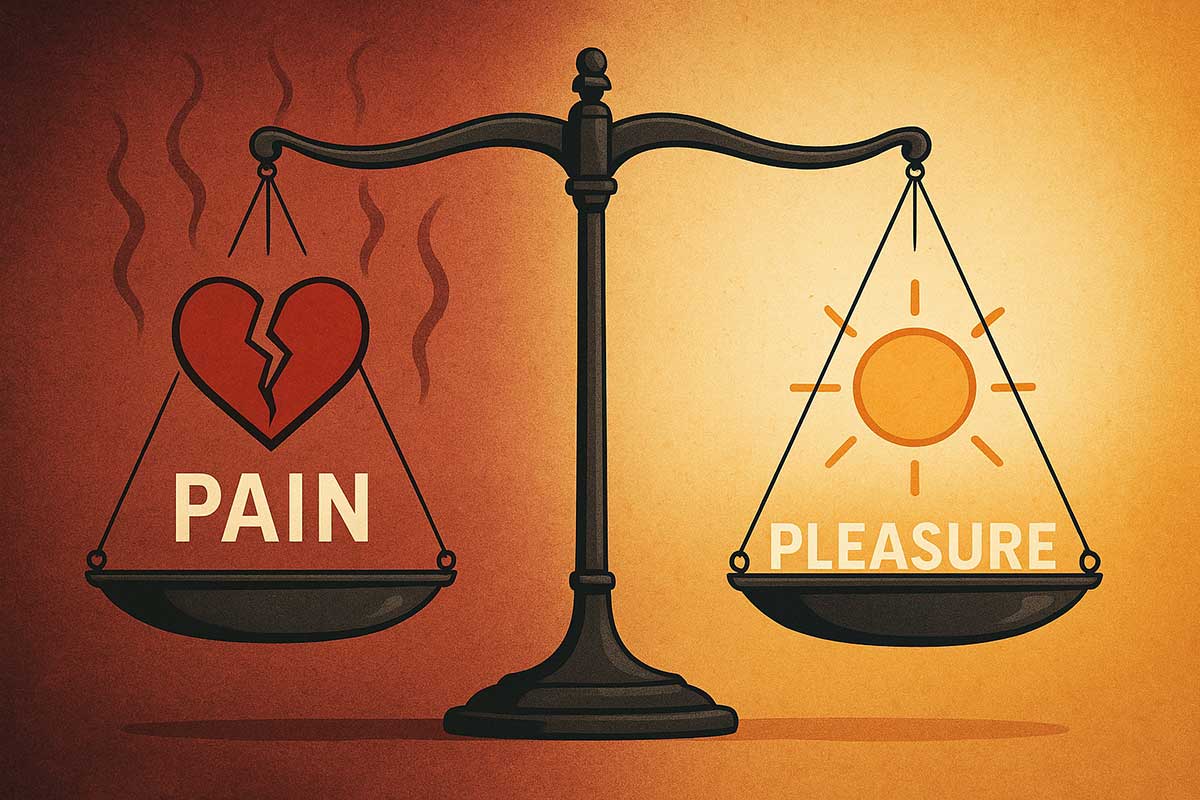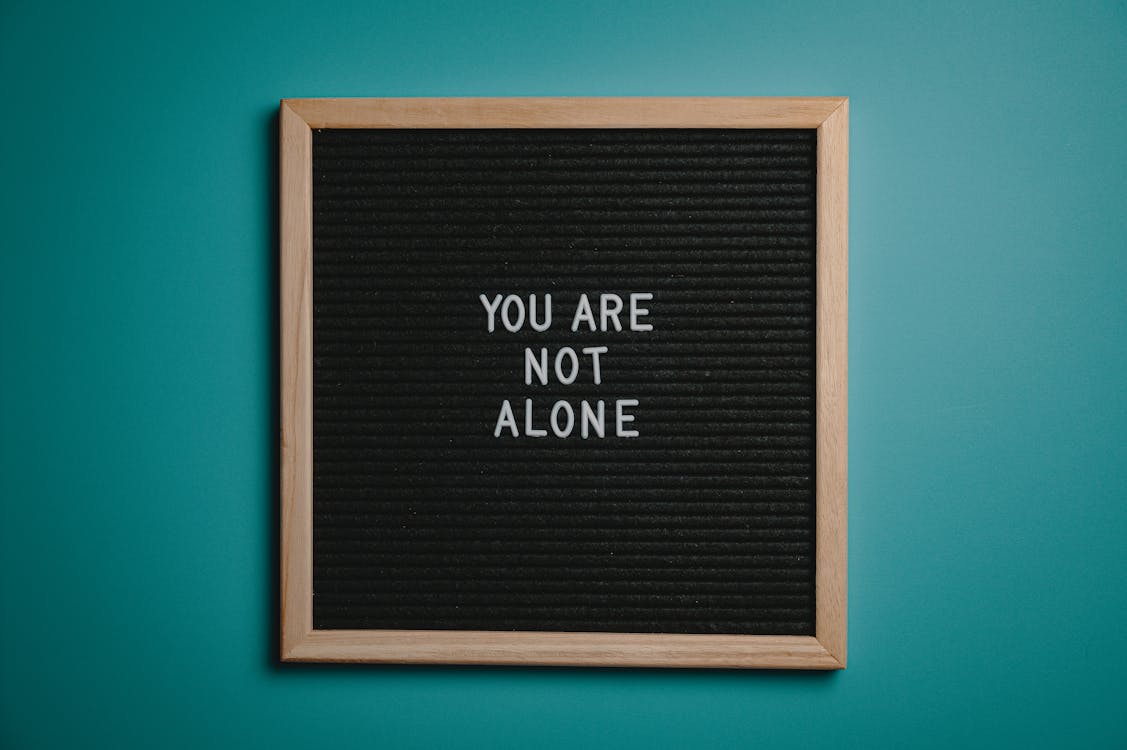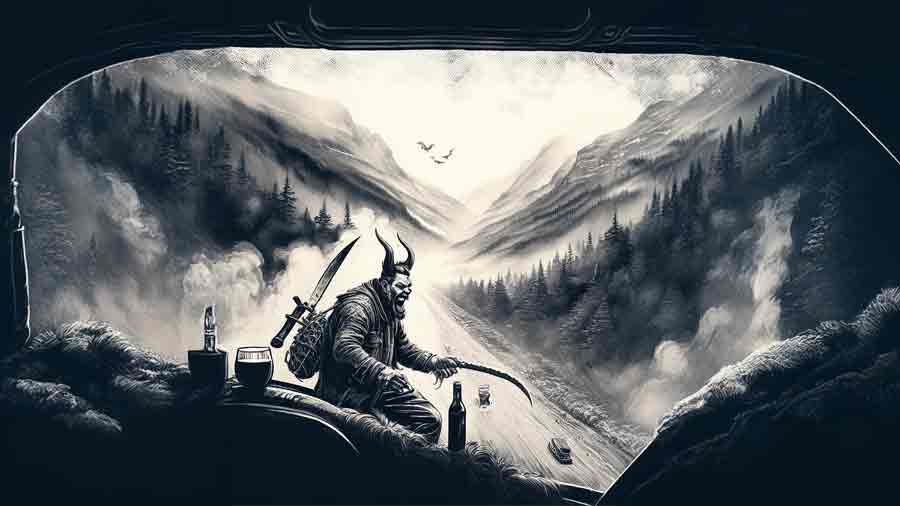· SpiritUnchained · 6 min read
Pain and Pleasure - Understanding the Addiction Scale
Discover the neurological mechanics behind addiction and recovery through the pleasure-pain balance concept. Learn practical strategies to reset your brain's reward system and find sustainable joy without the devastating crashes.

Pain and Pleasure: Understanding the Addiction Scale
Ever wonder why that “one drink to take the edge off” often leads to feeling worse the next day? Or why the quick dopamine hit from social media scrolling leaves you feeling emptier afterward? There’s actual brain science behind this, and understanding it could change how you approach addiction and recovery.
Usually I refer to the pain and craving as “the devil,” because that’s how it really hits me. This metaphor helps remind me where I’ve been, day after day, until I got sober. But there’s actually science behind this devil—a neurological explanation for why addiction feels like being possessed by a force that doesn’t have your best interests at heart.
The Balance Scale in Your Brain
Imagine a simple balance scale. On one side is pleasure, on the other side is pain. This isn’t just a metaphor—it’s actually how your brain works.

One of the most important discoveries in neuroscience is that pleasure and pain are processed in the same areas of your brain. They function like opposite sides of a scale, and your brain is constantly trying to keep this scale level. Scientists call this “homeostasis”—your brain’s preferred state of balance.
How the Scale Works
When you do something pleasurable—drink alcohol, eat sugar, scroll social media, gamble, whatever gives you that good feeling—you’re essentially putting weight on the pleasure side of the scale. For a moment, the scale tips toward pleasure.
But here’s the critical part: your brain doesn’t like this imbalance. It immediately works to level the scale again by adding weight to the pain side. And here’s where it gets interesting—your brain doesn’t just add enough weight to level things out. It overcompensates.
It’s like if you put a small rock on the pleasure side, your brain throws a boulder onto the pain side. This is why after the initial pleasure of a drink or a drug, you often feel worse than before you started. That’s not just bad luck or a moral failing—it’s your brain’s natural compensation mechanism.
Why Modern Life Breaks the Scale
We evolved in an environment of scarcity, where rewards were hard-earned and came after effort. Find food after a long hunt? Your pleasure scale gets a small boost. Our brains developed to handle this kind of natural, earned pleasure.
But today we live in a world of abundance and instant gratification:
- Alcohol and drugs deliver intense, immediate pleasure
- Social media gives quick hits of dopamine with every like and notification
- Processed foods are designed to maximize pleasure with minimal effort
- Gambling, shopping, and gaming offer on-demand rewards
Our ancient brain circuitry simply wasn’t designed for this environment. It’s like taking a car built for normal roads and suddenly driving it on a racetrack—the system gets overwhelmed.
When Your Scale Gets Stuck
With occasional indulgences, your brain returns to balance after the overcompensation period. But with repeated use of addictive substances or behaviors, something more concerning happens:
- Your brain adapts by decreasing sensitivity to pleasure (called tolerance)
- It increases sensitivity to pain (called withdrawal)
- The “weights” on the pain side become semi-permanent
This is why people with addiction often reach a point where they need their substance or behavior not to feel good, but just to feel normal. Without it, the scale is stuck tilted toward pain, resulting in anxiety, irritability, depression, and cravings.
Signs Your Scale Is Out of Balance
You might be experiencing a tilted scale if:
- You need increasing amounts of your substance/behavior to feel the same effect
- You feel worse than your normal baseline when not engaging in the behavior
- Activities that used to bring pleasure now feel flat or boring
- You continue despite negative consequences
- You experience anxiety, irritability, or low mood between episodes
How to Reset Your Scale: Practical Steps
Understanding this brain mechanism gives you power. Here’s how to work with your brain instead of against it:
1. Temporary Abstinence
The most direct way to reset your pleasure-pain balance is through temporary abstinence from whatever is tilting your scale. This doesn’t have to be forever, but giving your brain a chance to recalibrate is essential.
Timeframes vary depending on the substance/behavior, but generally:
- 1-2 weeks: Begin to see changes in sensitivity
- 30 days: Significant rebalancing occurs
- 90 days: More complete reset for many people
During this time, expect the “withdrawal” phase as your brain adjusts to the absence of artificial pleasure. This discomfort isn’t failure—it’s evidence the process is working.
2. Manage Expectations
The first days of resetting your scale will feel worse, not better. This is normal and temporary. Understanding that discomfort is part of the healing process makes it easier to tolerate.
The good news: as your brain rebalances, you’ll start finding pleasure in simple activities again. Food tastes better. Nature becomes more vivid. Conversations feel more engaging. Your natural reward system comes back online.
3. Support Natural Dopamine Production
These activities promote healthy dopamine release without extreme overcorrection:
- Exercise (especially outdoors)
- Quality sleep
- Meaningful social connection
- Accomplishing small goals
- Creative pursuits
- Meditation/mindfulness practice
- Healthy nutrition
Unlike addictive substances, these activities provide sustainable pleasure that builds over time rather than depleting your system.
4. Practice Strategic Discomfort
Strengthening your “discomfort muscle” makes you less vulnerable to addiction:
- Cold exposure (cold showers, brief cold plunges)
- Deliberate hunger (delayed gratification with eating)
- Mindful sitting with cravings and observing them
- Physical challenges (hiking, running, workouts)
Think of these as “working out” your brain’s regulatory systems—building strength and resilience.
5. Identify HALT Triggers
Most relapses occur during vulnerable states captured in the acronym HALT:
- Hungry
- Angry
- Lonely
- Tired
Create a specific plan for each state:
- Hungry: Keep healthy snacks accessible
- Angry: Have physical outlets ready (walking, exercise)
- Lonely: List of people you can reach out to
- Tired: Permission to rest without guilt
Having strategies ready before these states hit dramatically improves your chances of maintaining balance.
The Freedom of Understanding
This isn’t about denying yourself pleasure—it’s about finding sustainable enjoyment without the devastating crashes. Once you understand the scale, you’ll see addictive behaviors differently.
That craving isn’t a character flaw—it’s your brain seeking balance in the only way it knows how. The good news is you can teach it better ways to find that balance.
With time and practice, your pleasure-pain scale becomes more stable, less reactive, and better able to experience life’s natural ups and downs without extreme tilts in either direction.
That’s real freedom—not the illusion of escape that addiction promises, but the genuine liberation of a brain in balance.
This post explains the pleasure-pain balance concept discussed by Dr. Anna Lembke, addiction psychiatrist at Stanford and author of “Dopamine Nation,” during her appearance on the YouTube podcast “Dopamine Expert: Doing This Once A Day Fixes Your Dopamine! What Alcohol Is Doing To Your Brain!” This explanation of addiction’s neurological mechanisms has helped countless people understand the science behind their experiences.





Join the Conversation